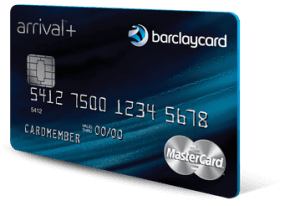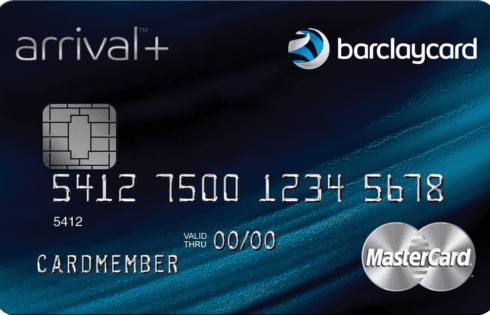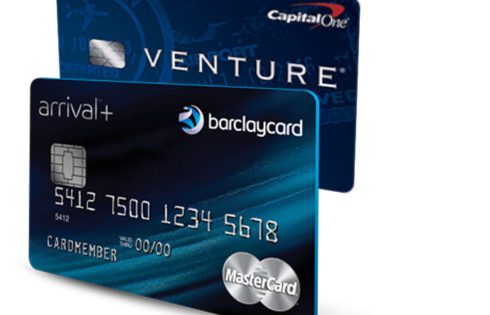
Barclaycard Arrival Plus World Elite MasterCard® 50K Bonus Ending Soon
The Barclaycard Arrival Plus World Elite MasterCard® has had a 50,000 mile sign-up bonus for some time but it might be dropping to 40,000 soon so you might want to consider

The Barclaycard Arrival Plus World Elite MasterCard® has had a 50,000 mile sign-up bonus for some time but it might be dropping to 40,000 soon so you might want to consider

NOTE: This article contains expired credit card offers. The Barclaycard Arrival Plus is now offering a 50,000 miles bonus for spending $3,000 within the first 90 days of card opening. This

Two of the top “statement credit” travel cards are the Capital One Venture Rewards Credit Card and the Barclaycard Arrival Plus. These cards are very similar and offer many of

[Offers contained within this article may no longer be available] A lot of people focus on Chase, Citi, and Amex cards because they have such great airline and hotel transfer
| Cookie | Duration | Description |
|---|---|---|
| cookielawinfo-checkbox-analytics | 11 months | This cookie is set by GDPR Cookie Consent plugin. The cookie is used to store the user consent for the cookies in the category "Analytics". |
| cookielawinfo-checkbox-functional | 11 months | The cookie is set by GDPR cookie consent to record the user consent for the cookies in the category "Functional". |
| cookielawinfo-checkbox-necessary | 11 months | This cookie is set by GDPR Cookie Consent plugin. The cookies is used to store the user consent for the cookies in the category "Necessary". |
| cookielawinfo-checkbox-others | 11 months | This cookie is set by GDPR Cookie Consent plugin. The cookie is used to store the user consent for the cookies in the category "Other. |
| cookielawinfo-checkbox-performance | 11 months | This cookie is set by GDPR Cookie Consent plugin. The cookie is used to store the user consent for the cookies in the category "Performance". |
| viewed_cookie_policy | 11 months | The cookie is set by the GDPR Cookie Consent plugin and is used to store whether or not user has consented to the use of cookies. It does not store any personal data. |
